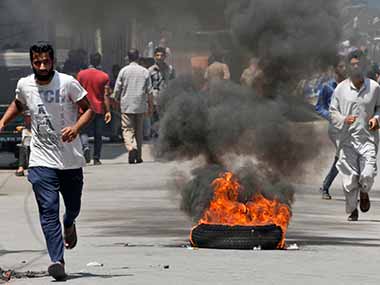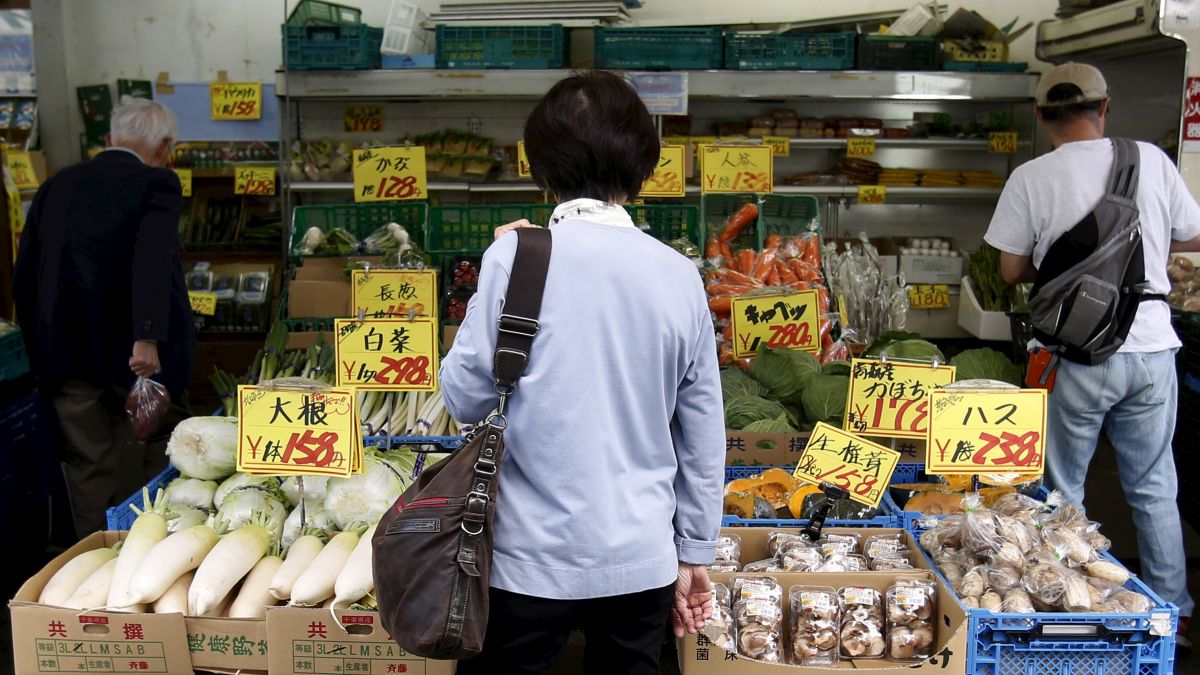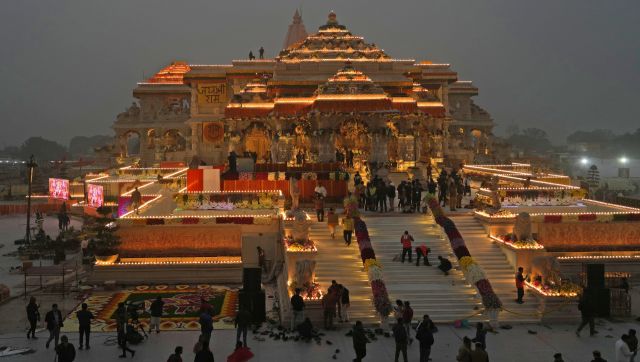Srinagar: On Friday night, two Kashmiri drivers and a helper were sleeping inside a stationary truck near Udhampur on the Srinagar-Jammu Highway, when unidentified men smashed the windshield and lobbed a petrol bomb inside the vehicle. Two of them suffered burn injuries and were later shifted to New Delhi’s Safdarjung Hospital, while one escaped unhurt.
The incident occurred nearly two days after three cow carcasses were found in Udhampur’s Chenani village, sparking communal tension. It led authorities to curtail internet services for a day in Jammu to prevent rumours from spreading.
“They wanted to burn us alive,” Rameez Bhat, a resident of southern district of Anantnag who escaped unhurt, told Firstpost.The entire incident was recorded on CCTV and six people were arrested by the police. These occurrences in the state seem to have assumed an eerie pattern. The aim, according to police sources, is to stoke communal fires in Jammu and Kashmir where the PDP-BJP coalition government has been in office since March this year.When the two parties stitched together an alliance after months of political deadlock, they had proposed to bridge the gulf between the two regions of the state, Jammu and Kashmir.
Today, the gulf is wider than ever.
Two incidents illustrate how small sparks can turn into major flare-ups, pushing the affected places towards anarchy and impacting the broader peace prevalent in the state where Hindus, Muslims and Sikhs have lived side-by-side in complete harmony for centuries.
On August 21, violence erupted in Samba district of Jammu region over rumours of bovine slaughter, following the discovery of a calf’s decaying corpse in a nearby nallah. During investigations, the district administration and the police found that the calf had died several days ago and ruled out any mischief.
However, the peeved Hindu community insisted that it was an act of sacrilege hurting their “religious sentiments” and resorted to protests. In the subsequent violence that broke out, many shops, vehicles and business establishments owned by the Muslim community were attacked by irate mobs. Several protesters and policemen got injured. The top administrative officer in the district, DC Sambha, Sheetal Nanda, had her car torched. She had a narrow escape and the Army was called in to control the situation.
On 26 September, a couple was attacked by alleged VHP and Bajrang Dal activists in Rajouri district for transporting a buffalo and a calf to their home. It led to a flare-up. Such incidents have become routine now.
Senior opposition leader and National Conference general secretary Ali Mohammad Sagar accuses the government led by Mufti Mohammed Sayeed of “lacking the courage” to point the finger at its coalition partner for the Udhampur attack. “They don’t want to admit it, but they know it,” Sagar told Firspost.
But Mufti’s close aide and the state’s Minister of Horticulture Abdul Rehman Veeri said the investigation into the incident was on and it would be premature to point fingers at any group or party. “Until the truth comes out, why should we indulge in petty blame games?” he added.
At a recent function in the south Kashmir resort of Pahalgam, Chief Minister Mufti Mohammad Sayeed recalled the remarks of Mahatma Gandhi who saw a “ray of hope” in Kashmir when the country was burning under communal conflagration during the bloody Partition of the subcontinent. However, the communal polarisation suffocating the state is an ominous indication that the “ray of hope” may be disappearing.
Noor Mohammad Baba, a political scientist based in Srinagar, said this is the effect of the polarisation happening at the national level which is now trying to seep into the state.“The communal polarisation happening at a national level on the issues of beef and other associated identity issues will only extend to the state. The manner in which the communal forces in the country are defining nationalism will have consequences for the future. Unfortunately, the ray of hope that the Father of the Nation had seen in this state is turning into delusion,” he said.
In Jammu, it is not just the issue of political marginalisation. There is a talk of dividing the state to end the “injustice” meted out to the Hindu-majority region.
“We cannot co-exist with a fanatical Kashmiri leadership…. it is anti-Jammu. We have no say in the Assembly despite the fact that there are 37 MLAs from the region in the Assembly. Divide the state to end inter-regional and inter-religious tensions. Division of the state will not only end inter-regional and inter-religious tensions and enable us to lead a dignified, secure and empowered life, but it will also help New Delhi tackle Kashmir and Kashmiri leadership in an effective manner,” wrote Early Times, a newspaper published in Jammu, in a front page editorial.
“It pains me and it must pain every individual of the state that there are elements who are trying to add fuel to the fire. We have been an example for the rest of the nation to follow. Now what we, all political parties, need to do is to abide by the resolution that was adopted by the Assembly recently. No one should be allowed to stoke the communal fire in the state,” Mehboob Beg, chief spokesperson of the Peoples Democratic Party told Firstpost.


)




)
)
)
)
)
)
)
)